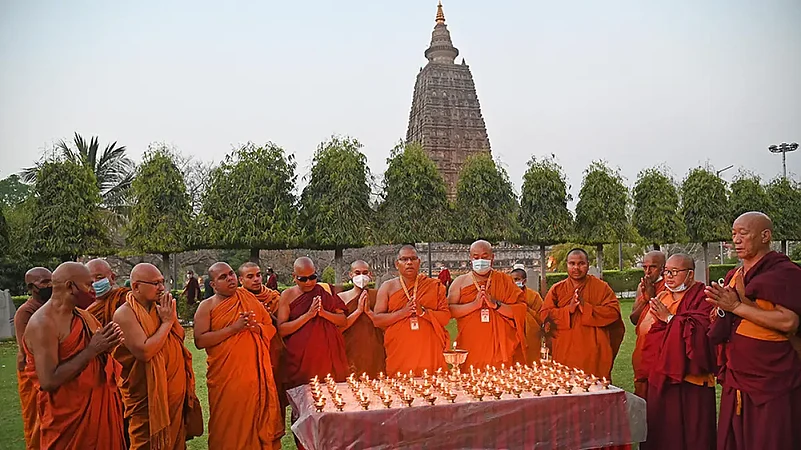A senior official of Bihar State Religious Trust Council (BSRTC), which the law department runs, said the COs, for now, will have to venture out at least twice a week to collect information on the temples and mutts, with the district magistrate keeping a tab on the exercise. "The district magistrates, besides ensuring that all requisite information about the temples, mutts, and trusts get routinely uploaded, will be sending these details to BSRTC. The official stated that all temples, mutts, and Dharamshala in Bihar would have to be registered with the BSRTC, following the Bihar Hindu Religious Trusts Act, 1950,” the official stated.
Expressing concern over "unscrupulous land deals being struck by temple keepers," law minister Pramod Kumar told PTI that the decision had been taken to protect religious properties from unauthorized claims. "Large-scale irregularities have been detected in various religious places, with priests of temples and mutts selling off and buying immovable assets as owners. This identification exercise has to be completed on a priority basis to protect and maintain religious properties," he underlined.
According to government records, Vaishali has the maximum number of unregistered temples and mutts at 438, with over 440 acres held by them. Kaimur has 338 such temples, with 831 acres under its control. The minister pointed out that the state, by a rough estimate, has "around 2,200 unregistered temples or mutts, owning some 3,200 acres of land". "As for the 4,500 registered temples, fences would be erected around them to prevent encroachment of premises," he added.


























